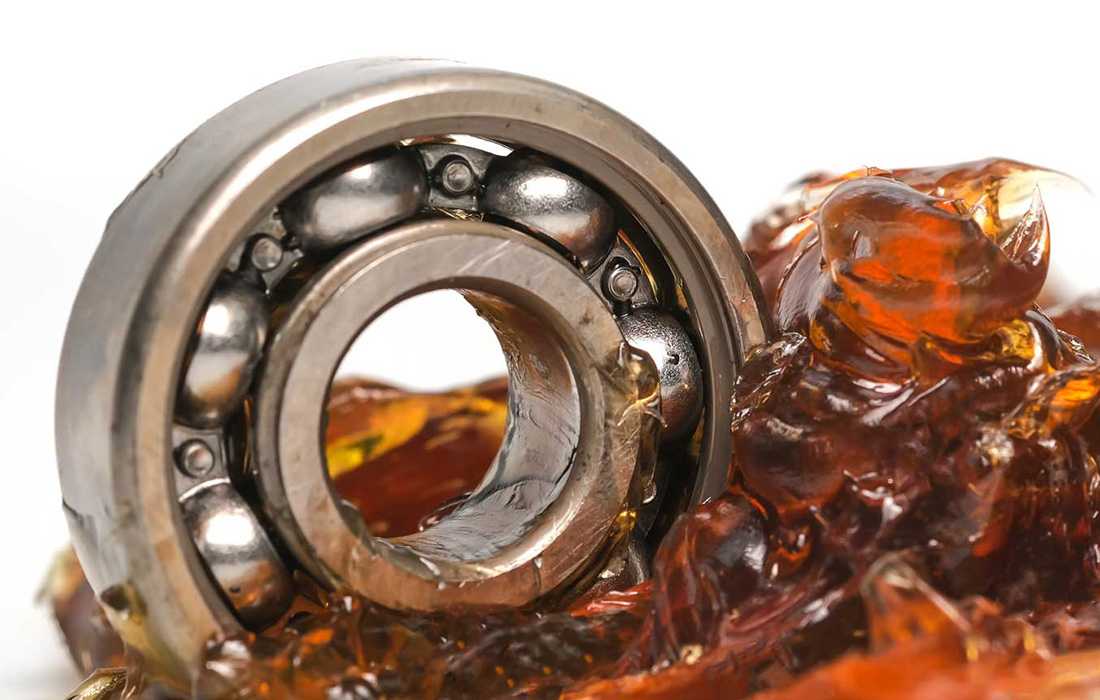
30 Dec Oil grease
Oil grease, also known as lubricating grease, is a semi-solid lubricant composed of oil and a thickening agent, typically a soap or a synthetic material. It is used to reduce friction and provide lubrication in various mechanical systems and equipment.
The oil component in grease serves as the lubricating agent, while the thickening agent gives grease its semi-solid consistency, allowing it to stay in place and adhere to surfaces. The thickener also helps to retain the oil within the grease structure, preventing it from leaking or dripping.
Grease offers several advantages over liquid oils in certain applications. It provides better adhesion and stays in place, even under high pressures or in vertical or overhead applications. It also provides a protective barrier against contaminants, such as dirt and moisture, that can cause wear and corrosion.
Grease is commonly used in automotive applications, such as wheel bearings, chassis components, and universal joints. It is also used in industrial machinery, including bearings, gears, slides, and other moving parts. Additionally, it finds applications in household items, such as door hinges, locks, and various mechanical devices.
Different types of grease are available, and the selection depends on the specific application and operating conditions. Grease formulations can vary in terms of their base oil viscosity, thickening agent, additives, and performance characteristics.
It’s important to note that oil grease should be used as recommended by equipment manufacturers and proper maintenance practices should be followed to ensure optimal performance and longevity of the lubricated components.
